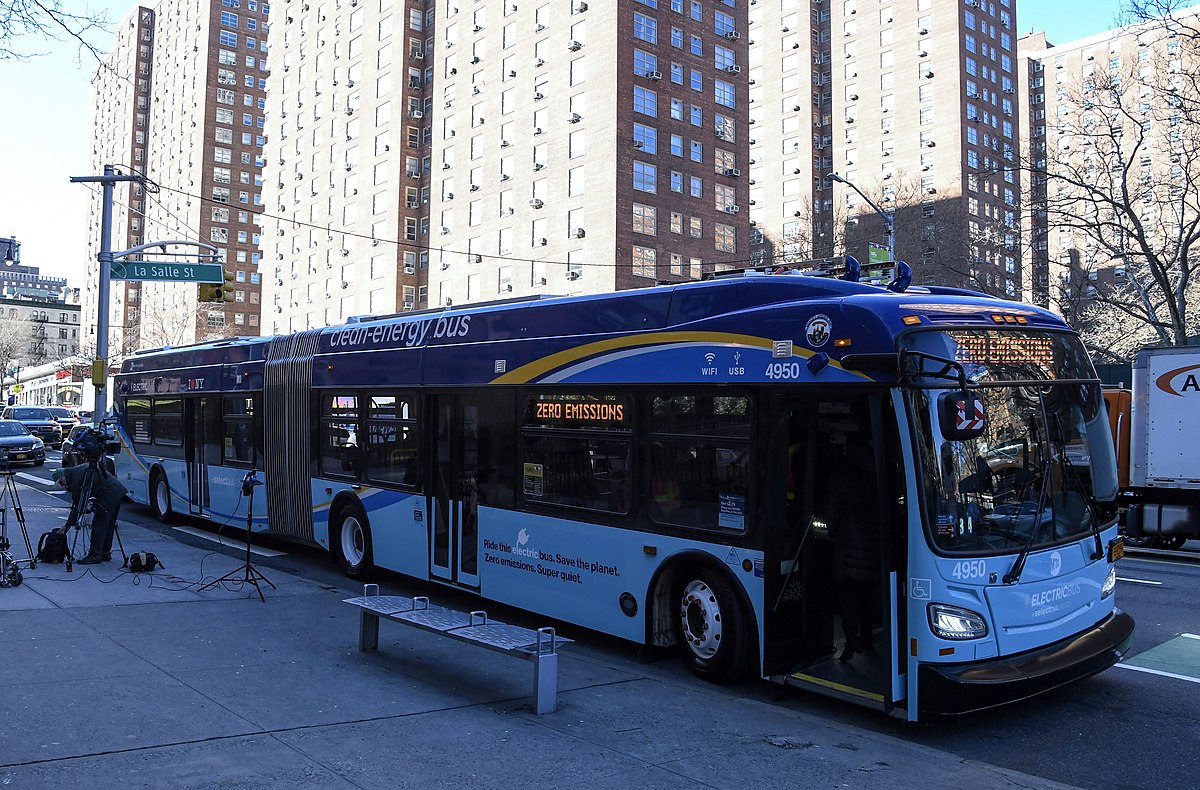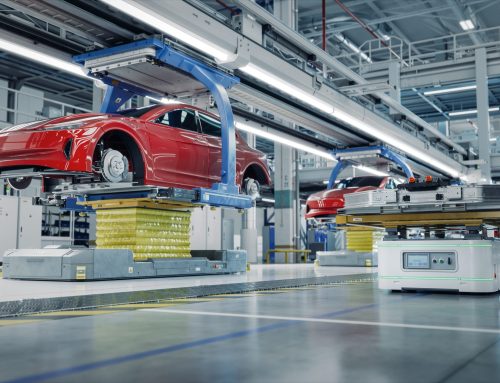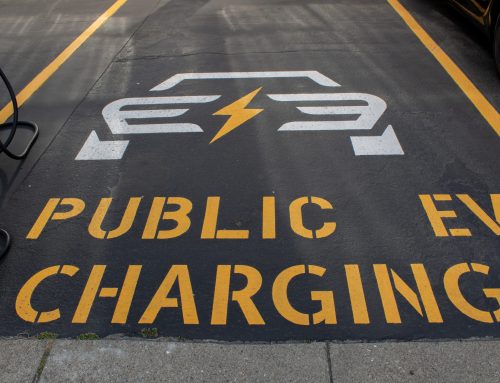
Source: WikiCommons
There were a bunch of big developments last week for big EVs. The White House put out a summary of some of the actions here – but I want to focus on two of them.
The first was the announcement of funding for low or zero-emission transit buses. The funding available in 2022 – appropriated through the Bipartisan Infrastructure Law – includes $1.1 billion in competitive grants under the Low or No Emission Grant Program (Low-No Program) and $372 million under the Grants for Buses and Bus Facilities Competitive Program.
The Low-No funding is a significant increase compared with earlier years. The announcement noted that these buses will be built in the United States, including in Minnesota, Alabama, South Carolina, and California.
The next big development was the release of the proposed Environmental Protection Agency (EPA) rule. The rule would start in model year 2027 and focus on nitrogen oxide (NOx). NOx “is known to cause asthma, heart and lung disease, and other serious respiratory issues.”
There are two proposed options in the proposal put out. The EPA’s summary provides a good breakdown:
Option 1: “would implement stronger NOx standards in two steps. The first increase in stringency would be in MY (model year) 2027, and the second would be in MY 2031; under this Option the 2031 NOx standards would be 90% lower than today’s standards.”
Option 2: “would immediately jump to full implementation of a NOx standard in MY 2027” but “achieve less NOx emissions reductions than Option 1.”
The White House touted the benefits of these reforms. Assuming the more stringent Option 1 is adopted, benefits would include:
-
Around 2,000 premature deaths avoided
-
Around 18,000 fewer cases of childhood asthma and 1.1 million fewer missed days of school
-
Around 78,000 fewer missed days of work
These benefits will accrue predominantly to communities of color and low-income households who disproportionately experience the adverse effects of air pollution.
For more background, here’s some analysis from Dave Cooke at the Union of Concerned Scientists. He offers a number of interesting insights including on the “low-load test cycle”. He explains, “The proposal introduces a new low-load test cycle to better ensure that emissions controls are working effectively across the full range of operating conditions, especially at low speeds. Notably, most trucks operate at low speeds near the ports and warehouse districts most directly impacting overburdened local communities. Previously ignored, this low-load operation could account for more than half of the NOx emissions from a typical truck according to EPA’s own data.”
There are also some elements to reduce greenhouse gas emissions from trucks in the rule though these have been criticized as inadequate. Jimmy O’Dea at CALSTART tweeted that the goal of 1.5 percent MDHD EVs by 2027 was not ambitious enough. Likewise, Cooke argued that “Electric trucks are virtually missing from EPA’s action”. The EPA has signaled that it will introduce future regulations however critics say that these climate regulations need to happen faster.
What next? According to the release, “EPA intends to finalize this proposal before the end of 2022”.
There were a few other important EV developments last week. Firstly, NESCAUM released its draft Multi-State Medium-and Heavy-Duty Zero-Emission Vehicle Action Plan for public comment. This Plan includes more than 60 recommendations to speed up decarbonization of medium and heavy duty vehicles. The Plan follows on from the Multi-State Medium- and Heavy-Duty Zero Emission Vehicle Memorandum of Understanding (MOU) signed in July 2020. Participating jurisdictions include California, Colorado, Connecticut, Hawaii, Maine, Maryland, Massachusetts, New Jersey, New York, North Carolina, Oregon, Pennsylvania, Rhode Island, Vermont, Virginia, and Washington, the District of Columbia, and Quebec, Canada.
And also last week, the EPA formally reaffirmed California’s right to regulate vehicle emissions.


